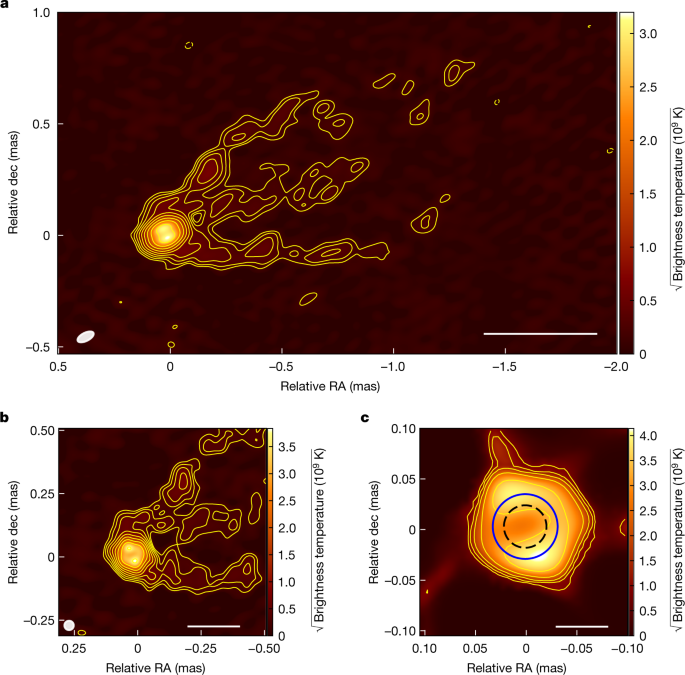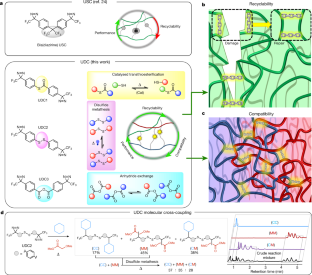2023-04-26 カリフォルニア工科大学(Caltech)
このCIT現象は、光学キャビティと呼ばれる微小な光の箱の中にイッテルビウム原子を閉じ込め、レーザーで照射することで発見された。CIT現象は、光と原子の集団の相互作用によって引き起こされ、波同士が打ち消し合う干渉に似ている。
CIT現象は、将来的には強く結合した原子の集合体に情報を格納するより効率的な量子メモリの開発に役立つ可能性がある。
研究は、量子効果の理解するためのものであり、量子コンピューターの開発にも貢献する可能性がある。
<関連情報>
- https://www.caltech.edu/about/news/newly-observed-effect-makes-atoms-transparent-to-certain-frequencies-of-light
- https://www.nature.com/articles/s41586-023-05884-1
駆動型非均質エミッターを用いた多体空洞量子電気力学 Many-body cavity quantum electrodynamics with driven inhomogeneous emitters
Mi Lei,Rikuto Fukumori,Jake Rochman,Bihui Zhu,Manuel Endres,Joonhee Choi & Andrei Faraon
Nature Published:26 April 2023
DOI:https://doi.org/10.1038/s41586-023-05884-1

Abstract
Quantum emitters coupled to optical resonators are quintessential systems for exploring fundamental phenomena in cavity quantum electrodynamics (cQED)1 and are commonly used in quantum devices acting as qubits, memories and transducers2. Many previous experimental cQED studies have focused on regimes in which a small number of identical emitters interact with a weak external drive3,4,5,6, such that the system can be described with simple, effective models. However, the dynamics of a disordered, many-body quantum system subject to a strong drive have not been fully explored, despite its importance and potential in quantum applications7,8,9,10. Here we study how a large, inhomogeneously broadened ensemble of solid-state emitters coupled with high cooperativity to a nanophotonic resonator behaves under strong excitation. We discover a sharp, collectively induced transparency (CIT) in the cavity reflection spectrum, resulting from quantum interference and collective response induced by the interplay between driven inhomogeneous emitters and cavity photons. Furthermore, coherent excitation within the CIT window leads to highly nonlinear optical emission, spanning from fast superradiance to slow subradiance11. These phenomena in the many-body cQED regime enable new mechanisms for achieving slow light12 and frequency referencing, pave a way towards solid-state superradiant lasers13 and inform the development of ensemble-based quantum interconnects9,10.



